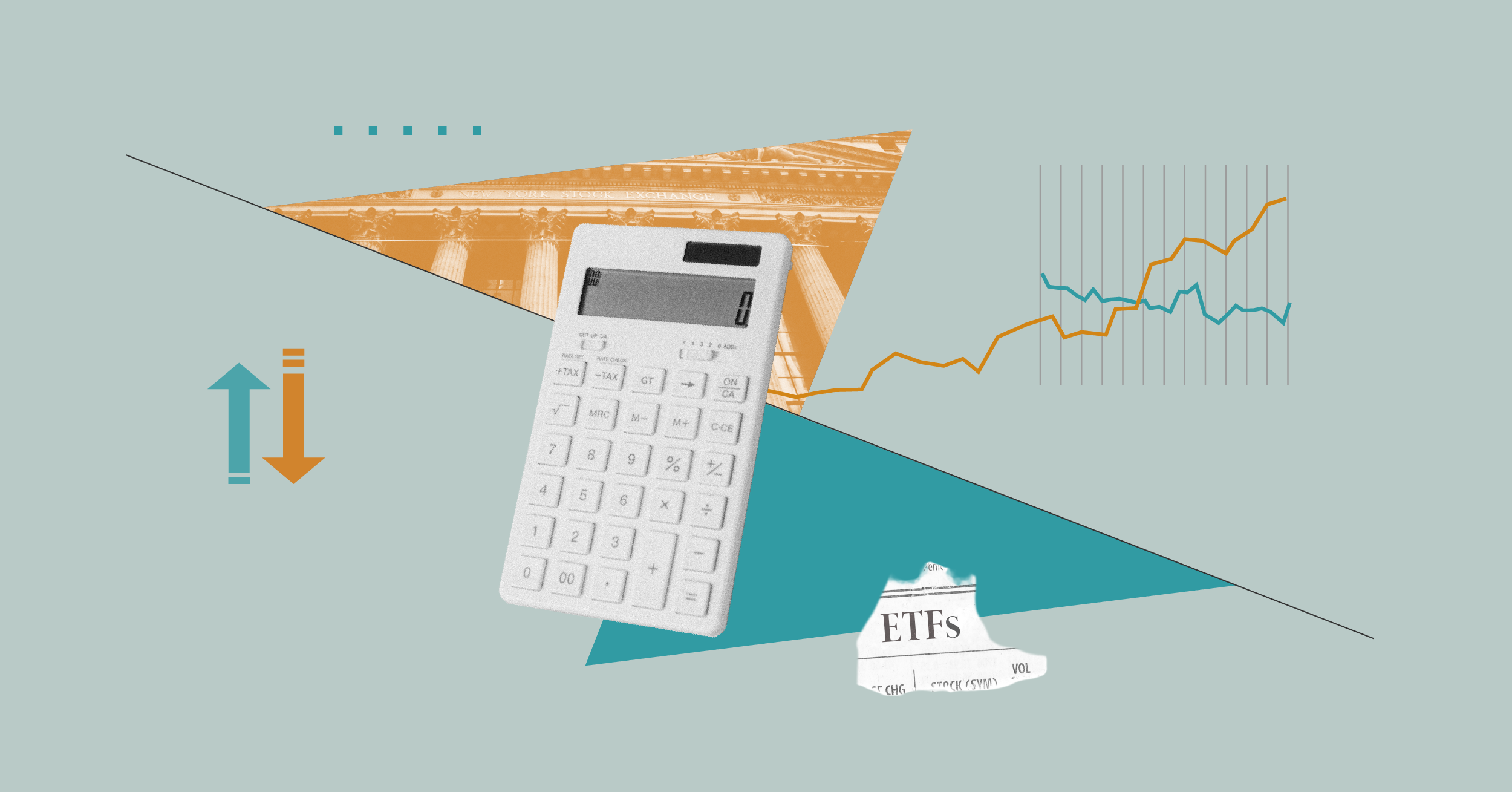During the past year, the economies of emerging Asia have shown two tremendous sensitivities. One, their export-dependence has made them highly vulnerable to the global economic softness and made for grim Asian economic news late last year and earlier this year.
Two, their high responsiveness to any policy stimulus has more recently created something of an Asian economic resurgence, even as exports to the West’s still soft economies languish. The recent positive economic momentum in Asia should build into next year, as expected American and European recoveries eventually improve export prospects for these economies.
From late 2008 until this past spring, the economic picture in emerging Asia looked universally ugly. Even though China, India, Hong Kong, Taiwan, South Korea, Malaysia, and other nations in the group had little direct exposure to the subprime and other financial difficulties that beset America and Europe, the Asian nations’ export-dependence carried them down as the West’s recession choked world trade—a circumstance clearly evident from the plunge in the Baltic Dry Index, from 12,000 in early 2008 to a mere 500 earlier this year. But even beyond the already disproportionate impact on world trade, these Asian economies, because they are so export-dependent, had a still more exaggerated response, as if they were, so to speak, at the end of a long adjustment whip.
Though growth in the two giants China and India continued throughout, it slowed dramatically. By spring 2009, China was widely described as growing in real terms at an annual rate of 6.5% —enviable by the standards of most countries, but only half the rate registered in 2007 and only two-thirds the rate of advance recorded for 2008. India saw its pace of real growth shrink from an annual rate of 7–8% in 2007 and 2008 to only 4.5% by early 2009. The smaller economies of the region, even more tied to exports than these giants, suffered outright economic declines. By spring 2009, Hong Kong was expected to suffer a 6.0% drop in its real gross domestic product (GDP) for the year; Taiwan, a 7.5% decline; Singapore, a 10.0% decline; Malaysia, a 3.5% decline; South Korea, a 4.0% decline; and Thailand, a 3.0% decline.
But by the summer, things had improved dramatically. July and August commentary from the International Monetary Fund, the World Bank, and a raft of private forecasters all acknowledge strong signs of recovery in every one of these economies. China had accelerated enough so that its 2009 target growth of 8% started to look probable. India’s growth accelerated, too, enough to generate a consensus forecast of 6% real growth for this year as a whole. India probably would have done better if the diminishment of the monsoon rains hadn’t set back that country’s important agricultural sector. Hong Kong benefited from an 11% surge in exports to mainland China in just the last quarter. Prospects for the balance of the year show enough growth to turn last spring’s consensus forecast of an overall economic decline for the year of 6% to a more recent expectation of only a 4% decline. In a similar way, South Korea has raised its real GDP expectation for 2009 by 2.5% points and now expects a full-year drop of only 1.5%. Others among these economies show a similar pattern.
The key to this recovery comes from the aggressive stimulus programmes that many of these countries put in place last year or early this year, as the reality of their former economic shortfall became apparent. South Korea, India, Malaysia, and especially China all eased their monetary policy levers and engaged in fiscal stimulus to the extent that they could. China, of course, made the biggest splash with its 4 trillion yuan (£360 billion) infrastructure programme and with interest rate cuts of more than 200 basis points, as well as a 200 basis-point reduction in bank capital requirements. India, constrained by an already difficult budget situation and a sovereign rating downgrade to ‘BBB,’ nonetheless initiated stimulus spending sufficient enough so that the nation’s budget deficit now approaches 10% of GDP. South Korea, Malaysia, and other nations in this group made similar efforts.
Certainly by comparison with the situation in the United States, all these economies have responded quickly and dramatically to their respective stimulus programmes, even though their exports to markets outside the region remain down about 20% from their peaks. The main locomotive in this remarkable response, not surprisingly, is China. To be sure, its infrastructure programme is massive, which alone amounts to about 14% of that nation’s GDP. By comparison, President Obama’s $750 billion fiscal stimulus programme amounted to a bit more than 5% of America’s GDP. But even apart from the disparity in proportion, China’s policy efforts and those of others in Asia have had a more powerful effect on these economies than America's programme has domestically for two other important reasons.
First, China remains a command economy. When the authorities in Beijing put an infrastructure programme in place, the projects start immediately. However much Paul Krugman and other pundits speak of “shovel ready” infrastructure projects in the United States, the concept is an illusion. Before any infrastructure effort can affect economic activity in the United States, a spending bill must go through an enormous number of political, legal, and administrative hurdles, environmental impact statements, competitive bidding, and a multitude of public hearings for some particular projects. And each step in the progress creates long delays that China typically does not have to endure.
Second, China’s relatively undeveloped condition promises a much higher return to infrastructure spending than any fully developed economy, such as the United States, can expect. It only stands to reason that the place with the more urgent need for roads, ports, electric power, capital equipment, and the like would show a more pronounced response to their introduction than they would in the United States. In China, for instance, half the roads are unpaved, so a little asphalt can make a huge difference in ending the isolation and dramatically improving the commercial viability of towns, farms, and mines, certainly much more than occurs in the United States where the spending does less to make the connection than to make roads smoother, wider, and safer.
But even as China’s massive stimulus, and the massive response it has evoked throughout the region, has improved immediate prospects, it still raises questions about what will happen to the growth momentum in 2010, as the various stimulus packages in the region run their course. These questions have gained currency, especially now that China, worried over a real estate bubble, has moved to restrain excessive bank lending. The recent restraint is probably more one of fine-tuning than it is a policy reversal; but still, there is fundamental concern about what happens next year when the stimulus will have to take a fundamental turn.
At that stage, these Asian economies could suffer again, except that by then, the United States will probably have built on its recent signs of economic recovery, and Europe, too, enough to foster a recovery in world trade. The boost to Asian exports growth would likely reverse the same sensitivities that so hurt these economies earlier and, in so doing, replace the policy stimulus as the impetus for Asian growth. Even if, as expected, America’s recovery remains restrained, the apparent sensitivity of trade to any recovery should propel relatively healthy growth in Asia.
Milton Ezrati, Partner and Senior Economist and Market Strategist, has been widely published in a wide variety of magazines, scholarly journals, and newspapers, including The New York Times, Financial Times, The Wall Street Journal, The Christian Science Monitor, and Foreign Affairs, on a broad spectrum of investment management topics. Prior to joining Lord Abbett, Mr. Ezrati was Senior Vice President and head of investing in the Americas for Nomura Asset Management, where he helped direct investment strategies for both equity and fixed-income investment management.
The opinions in the preceding economic commentary are as of the date of publication, are subject to change based on subsequent developments, and may not reflect the views of the firm as a whole. This material is not intended to be relied upon as a forecast, research, or investment advice regarding a particular investment or the markets in general. Nor is it intended to predict or depict performance of any investment. This document is prepared based on information Lord Abbett deems reliable; however, Lord Abbett does not warrant the accuracy and completeness of the information. Consult a financial advisor on the strategy best for you.
All Lord Abbett funds are offered by prospectus only and are available through your financial advisor. Shares of Lord Abbett funds are not FDIC insured, nor are they deposits of or guaranteed by a bank or any other entity. Investments in funds involve investment risks, including the possible loss of the principal amount invested. Before investing in any of the Lord Abbett mutual funds, investors should carefully consider a fund’s investment objectives, risks, charges and expenses. To obtain a prospectus on any Lord Abbett fund, please contact your investment professional or visit our Website at www.lordabbett.com.























